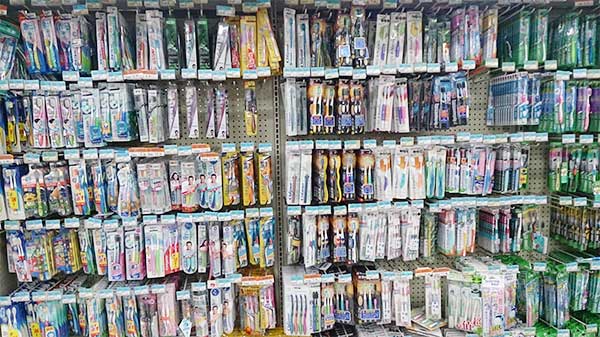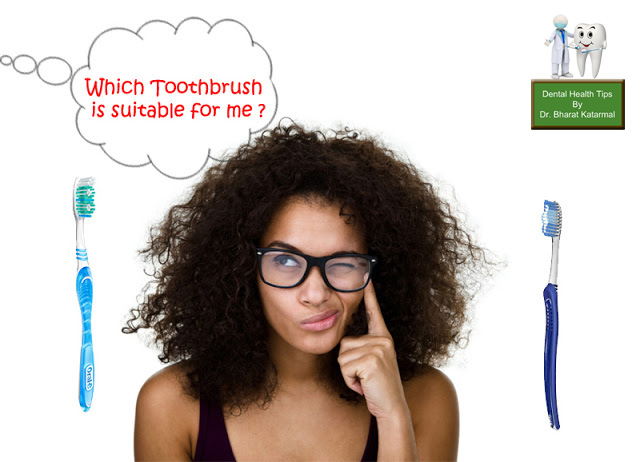Introduction
Choosing the right toothbrush is essential for maintaining good oral hygiene. As a dental hygienist, I often come across patients who are unsure about which toothbrush to use. With so many options available in the market, it can be overwhelming to make the right choice. In this guide, I will provide you with valuable insights and tips to help you select the perfect toothbrush for your oral health needs.
Importance of Choosing the Right Toothbrush
As a dental hygienist, one of the most common questions I receive from patients is, “Which toothbrush should I use?” The truth is, choosing the right toothbrush is crucial for maintaining good oral hygiene. A toothbrush that suits your needs and preferences can make a significant difference in your dental health. In this guide, I will walk you through the factors to consider when selecting a toothbrush that is best for you.
1. Bristle Type
The bristle type is an essential factor to consider when choosing a toothbrush. There are generally three types of bristles available: soft, medium, and hard. Dental professionals recommend using a toothbrush with soft bristles as they are gentle on the gums and tooth enamel. Hard bristles can be too abrasive and may cause gum recession and enamel erosion.
2. Size and Shape
The size and shape of the toothbrush head also play a significant role in effective cleaning. A toothbrush head should be small enough to reach all areas of your mouth, including the back molars. Additionally, a compact head allows for better maneuverability and access to hard-to-reach areas.
3. Manual vs. Electric
Both manual and electric toothbrushes have their advantages. Manual toothbrushes are cost-effective and readily available. However, electric toothbrushes have been proven to provide more efficient plaque removal and reduce the risk of gum disease. If you struggle with dexterity issues or find it challenging to brush for the recommended two minutes, an electric toothbrush may be a better option for you.
4. Handle Design
The handle design is often overlooked but can greatly impact your brushing experience. Look for a toothbrush with a comfortable grip that allows for easy maneuverability. Some toothbrushes come with ergonomic handles that provide better control and reduce hand fatigue during brushing.
5. ADA Seal of Approval
When choosing a toothbrush, always look for the American Dental Association (ADA) Seal of Approval. This seal ensures that the toothbrush has undergone rigorous testing and meets the highest standards of safety and effectiveness.
Summary
Choosing the right toothbrush is crucial for maintaining optimal oral health. With a wide range of toothbrushes available, it can be challenging to determine which one is best suited for your needs. However, by considering factors such as bristle type, size, and handle design, you can make an informed decision. Additionally, consulting with your dental hygienist or dentist can provide further guidance tailored to your specific oral health requirements. Remember, selecting the right toothbrush is a small but significant step towards achieving a healthy and beautiful smile.

- Q: What should I consider when choosing a toothbrush?
- A: When choosing a toothbrush, consider the size of the brush head, the type of bristles, and the handle design. It is also important to choose a toothbrush that has been approved by the American Dental Association (ADA).
- Q: What size of brush head should I choose?
- A: It is recommended to choose a toothbrush with a small to medium-sized brush head. This allows for better maneuverability and access to all areas of the mouth, including hard-to-reach areas.
- Q: What type of bristles should I look for?
- A: Look for toothbrushes with soft or extra-soft bristles. These bristles are gentle on the gums and tooth enamel, reducing the risk of damage or irritation. Avoid toothbrushes with hard bristles, as they can cause gum recession and enamel abrasion.
- Q: What handle design should I choose?
- A: Choose a toothbrush with a handle that is comfortable to hold and allows for easy maneuverability. Some toothbrushes have non-slip grips or ergonomic designs that make brushing easier and more effective.
- Q: Why is it important to choose a toothbrush approved by the ADA?
- A: The ADA Seal of Acceptance ensures that the toothbrush has undergone rigorous testing for safety and effectiveness. Choosing an ADA-approved toothbrush gives you confidence that it meets the highest standards of quality.

Welcome to my website! My name is Tyson Schulz, and I am a dedicated and passionate professional Pediatric dentist. With years of experience in the field, I have had the privilege of helping countless children achieve and maintain healthy smiles.


